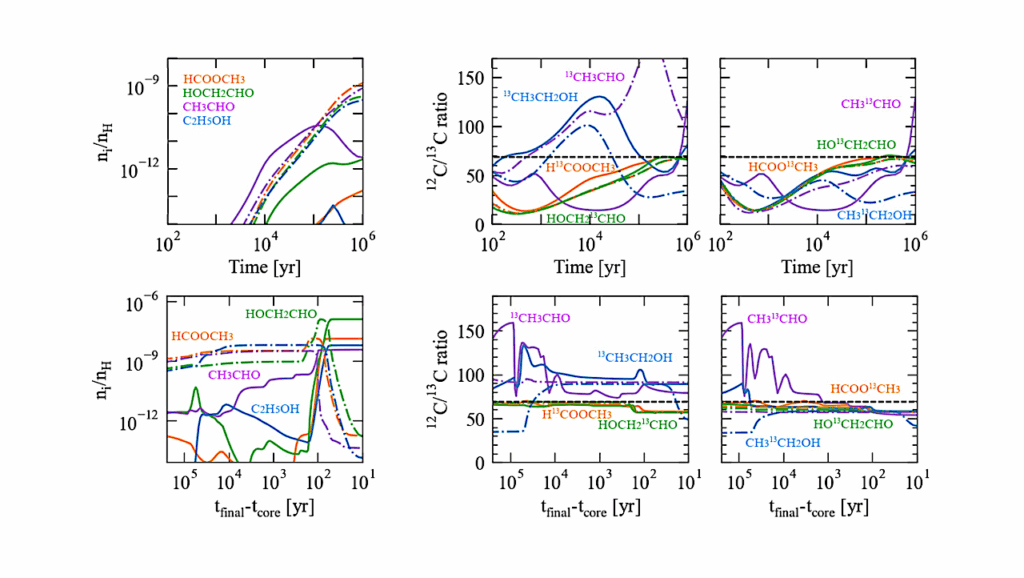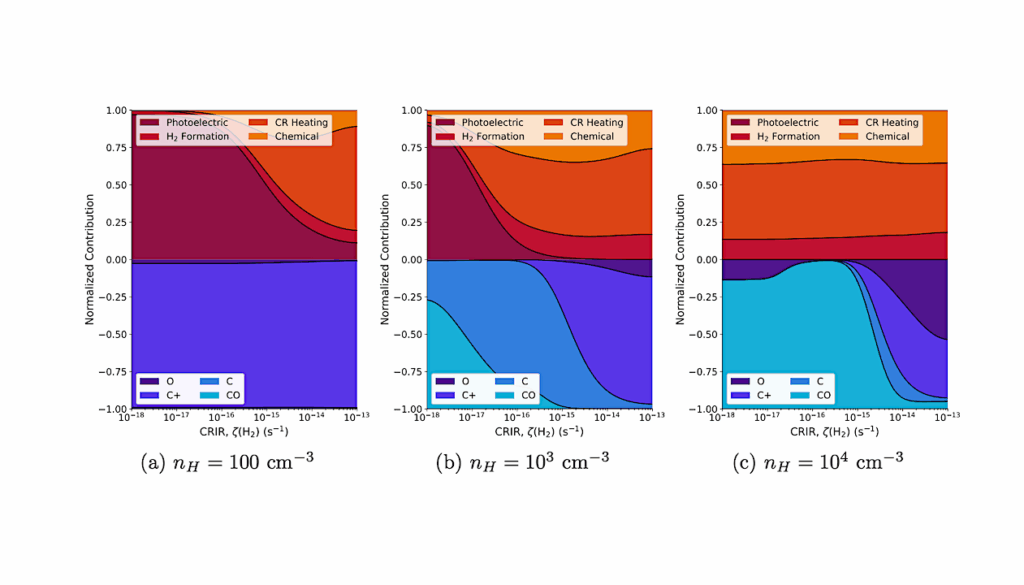Nature vs. Nurture: Distinguishing Effects from Stellar Processing and Chemical Evolution on Carbon and Nitrogen in Red Giant Stars

The surface [C/N] ratios of evolved giants are strongly affected by the first dredge-up (FDU) of nuclear-processed material from stellar cores. C and N also have distinct nucleosynthetic origins and serve as diagnostics of mixing and mass loss.
We use subgiants to find strong trends in the birth [C/N] with [Fe/H], which differ between the low-α and high-α populations. We demonstrate that these birth trends have a strong impact on the surface abundances after the FDU. This effect is neglected in current stellar models, which use solar-scaled C and N.
We map out the FDU as a function of evolutionary state, mass, and composition using a large and precisely measured asteroseismic dataset in first-ascent red giant branch (RGB) and core He-burning, or red clump (RC), stars. We describe the domains where [C/N] is a useful mass diagnostic and find that the RC complements the RGB and extends the range of validity to higher mass.
We find evidence for extra mixing on the RGB below [Fe/H]= -0.4, matching literature results, for high-α giants, but there is no clear evidence of mixing in the low-α giants. The predicted signal of mass loss is weak and difficult to detect in our sample. We discuss implications for stellar physics and stellar population applications.
John D. Roberts, Marc H. Pinsonneault, Jennifer A. Johnson, Joel C. Zinn, David H. Weinberg, Mathieu Vrard, Jamie Tayar, Dennis Stello, Benoît Mosser, James W. Johnson, Kaili Cao, Keivan G. Stassun, Guy S. Stringfellow, Aldo Serenelli, Savita Mathur, Saskia Hekker, Rafael A. García, Yvonne P. Elsworth, Enrico Corsaro
Comments: 19 pages, 19 figures
Subjects: Solar and Stellar Astrophysics (astro-ph.SR); Astrophysics of Galaxies (astro-ph.GA)
Cite as: arXiv:2403.03249 [astro-ph.SR] (or arXiv:2403.03249v1 [astro-ph.SR] for this version)
Submission history
From: John Roberts
[v1] Tue, 5 Mar 2024 19:00:01 UTC (1,765 KB)
https://arxiv.org/abs/2403.03249
Astrobiology, Astrochemistry,








